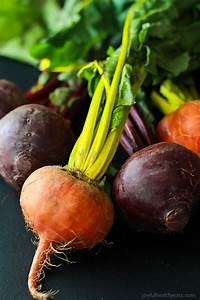Importance of well balance diet
All food contains all of the nutrients we need to be healthy, it is necessary to eat various foods in sufficient amounts. A good diet will include many different foods, and sufficient in quantity and quality to meet an individual’s need for food energy and other micro nutrients.
KALE AND OTHER COOKING GREENS
Typical serving size:
½ cup, cooked (65 g)HOW THEY HARM
WHAT THEY HEAL
Heart disease Cancer Eye conditions Bone healthy A member of the cabbage family, kale looks like collards but with curly leavesIt is a hardy autumn vegetable that grows best in a cool climate, and exposure to frost actually improves its flavor
Although the types of kale that form leafy red, yellow, and purple heads are used more often for decorative purposes (both in the garden and on the table) than as a food, all varieties are edible and highly nutritious
QUICK TIP:
Don’t throw out tough leaves If the leaves of cooking greens are tough and fibrous, remove the stem, roll the leaves up like a cigar and sliver them for quick cookingKale and other dark leafy greens, such as collard greens, mustard greens, and Swiss chard, are excellent sources of vitamin C and beta-carotene, which the human body converts to vitamin A: In fact, a 1-cup serving of cooked kale contains almost a day’s supply of vitamin A and well over 50 percent of the daily requirement of vitamin C
Other nutrients found in a cup of kale include 20 mcg (micrograms) of folate, 100 mg of calcium, 1 mg of iron, and 310 mg of potassium
It also provides more than 1 g of fiber and has only 50 calories
Health Benefits
Prevents heart diseaseKale and other cooking greens are rich in vitamin C that may help lower the levels of “bad” LDL cholesterol, which in turn can reduce the risk of heart disease
The high amounts of potassium can help lower high blood pressure, which also aids in heart health
Fights cancer
Bioflavonoids, carotenoids, and other cancer-fighting compounds are abundant in cooking greens
They also contain indoles, compounds that can lessen the cancer-causing potential of estrogen and induce production of enzymes that protect against disease
Promotes bone health
Most dark leafy greens are rich in calcium and magnesium, which are important minerals for strong bones
Prevents macular degeneration
Kale and other dark green leafy vegetables contain lutein, which helps protect your vision against macular degeneration and cataracts
Aids in weight loss
Kale is low in calories but is very filling, making it an ideal, highly nutritious food for anyone who is weight conscious
Health Risks
Causes bloating and flatulenceLike other vegetables in the cabbage family, kale and similar cooking greens may cause gas




